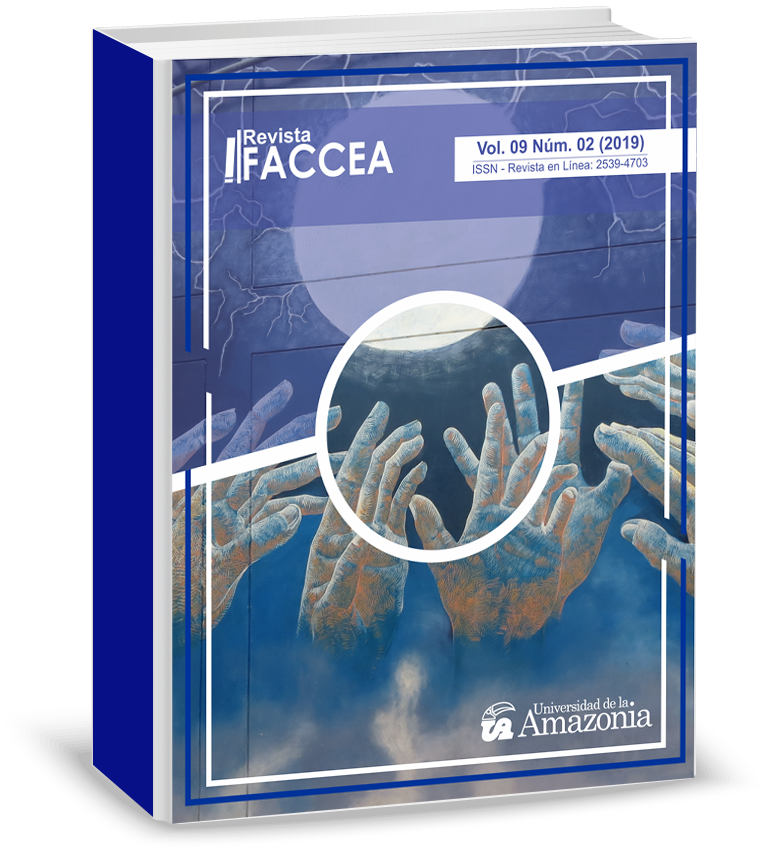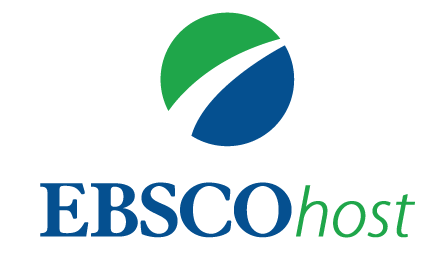Advances in sanitation and biosolids management in Colombia
DOI:
https://doi.org/10.47847/faccea.v9n2a4Keywords:
sanitation, sewage, wastewater treatment, biosolids, management, soilsAbstract
This article presents an analysis on the sanitation systems and case studies related to the management of biosolids in Colombia. With both rural and urban development, water supply and sewerage services have expanded and improved coverage, but services for wastewater treatment in cities only cover 20% to 25% of all demand. The functional plants allow to reduce the pollutant load of these waters avoiding the contamination of the hydric network where they are discharged. During this process, byproducts such as gas and sludge are generated. This latter waste has characteristics that make it viable for reuse, which is why it is called biosolid and can be utilized by following the national and international regulations. Considering that the construction of the first primary and secondary treatment plants was carried out in Bogotá and Medellín respectively, they are a clear example of the situation regarding the management of biosolids where it can be observed that this is still in a state of trial and error, that is, preliminary stage with respect to other Latin American countries.
Downloads
Downloads
Published
Issue
Section
License
Copyright (c) 2019 FACCEA

This work is licensed under a Creative Commons Attribution-NonCommercial-ShareAlike 4.0 International License.



















